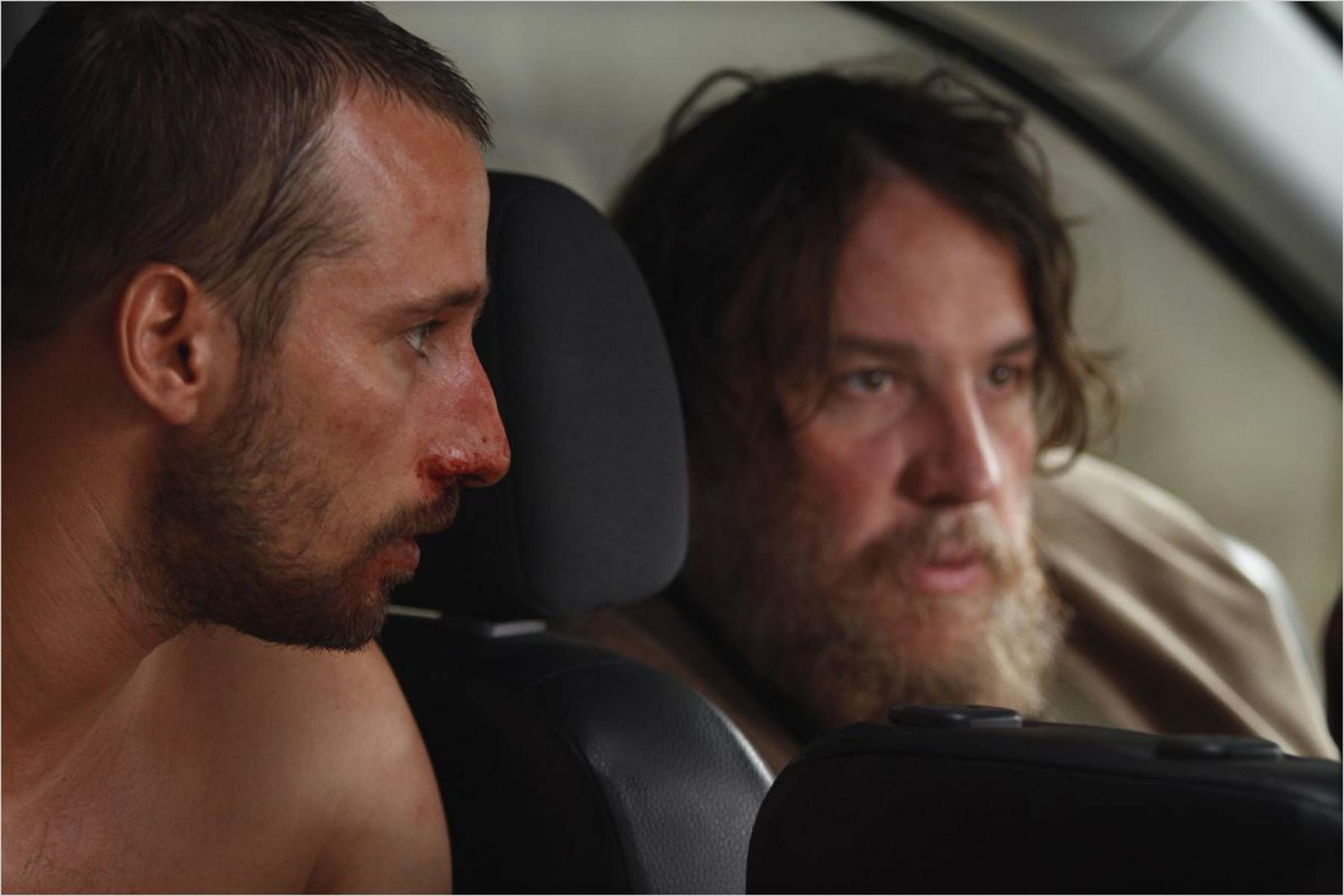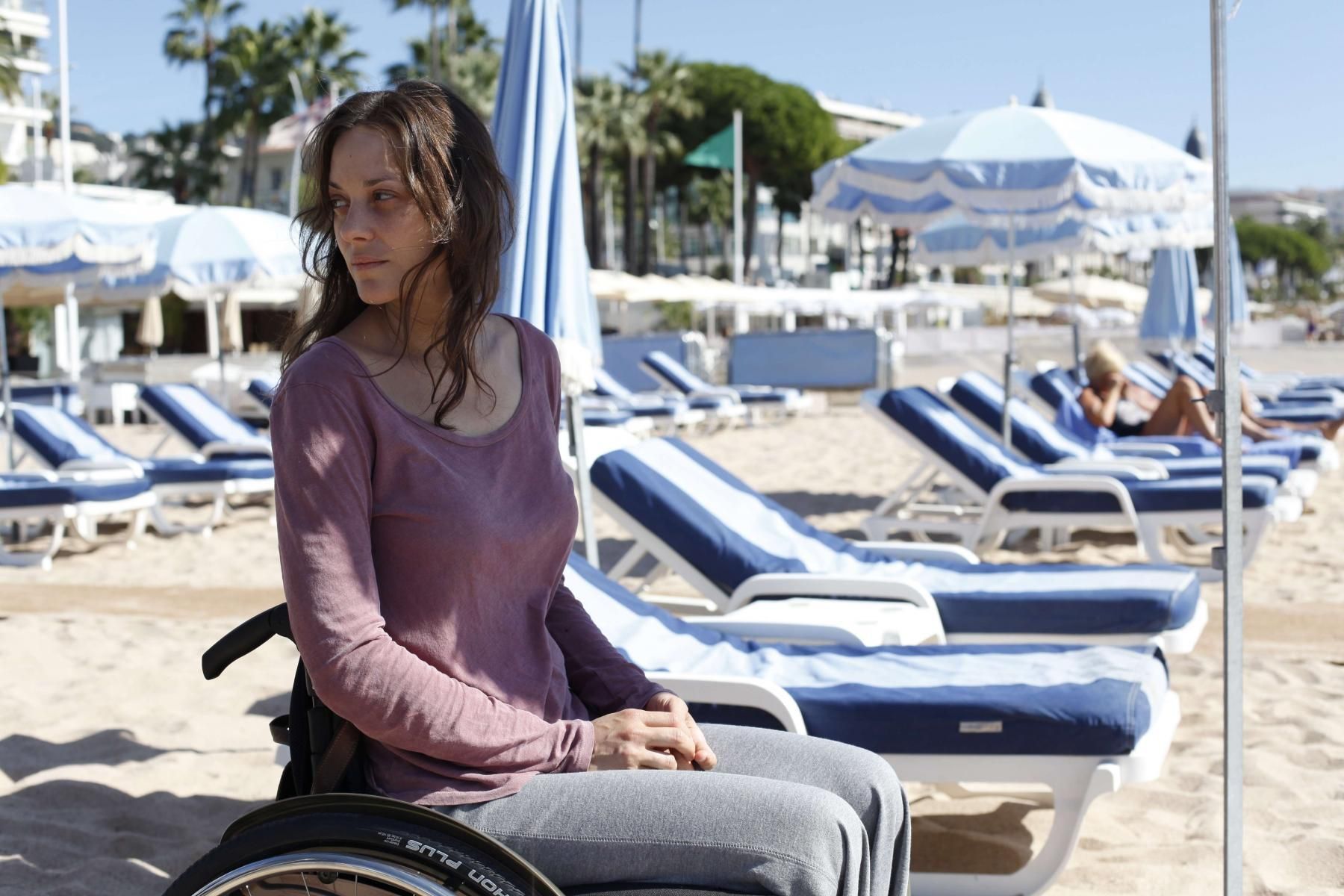Rust and Bone (2012)

Rust and Bone (2012) is a deeply emotional and compelling drama directed by Jacques Audiard, based on the short stories collection by Craig Davidson. Set against the backdrop of industrial France, the film explores themes of love, survival, and resilience through the lives of two deeply scarred individuals. Starring Marion Cotillard as Stéphanie, a whale trainer who suffers a life-changing accident, and Matthias Schoenaerts as Ali, a rough-around-the-edges man struggling with personal demons, Rust and Bone delivers a raw and moving portrayal of human strength in the face of adversity. The film was a contender for the prestigious Palme d’Or at the 2012 Cannes Film Festival and won the Best Film Award at the 2012 London Film Festival, further cementing its place as a standout cinematic achievement.
At its core, Rust and Bone is a story of two people who come from very different backgrounds but find themselves unexpectedly bound together. Ali, a single father from Belgium, arrives in Antibes to start a new life. He takes up work as a bouncer in a nightclub while trying to rebuild his relationship with his young son, Sam. On the other hand, Stéphanie is a skilled whale trainer at a marine park, leading a life that seems full of promise and excitement until a tragic accident during one of her performances leaves her physically and emotionally shattered. Their paths cross when Ali, after a chance encounter, becomes involved in Stéphanie’s recovery. The film’s exploration of their relationship, filled with moments of tenderness and tension, underscores the theme of human connection, especially in moments of trauma and vulnerability.
Marion Cotillard delivers a powerful performance as Stéphanie, capturing the emotional depth of a woman who is forced to confront the loss of her physical identity and the disillusionment of her once-promising career. Cotillard’s portrayal is a testament to her extraordinary range as an actress. She embodies Stéphanie’s journey from shock and self-pity to acceptance and, ultimately, rediscovery. The character of Stéphanie is one of quiet strength, and Cotillard’s nuanced performance allows the audience to deeply connect with her character’s struggles. Stéphanie’s physical transformation, which involves learning to live with prosthetic legs, symbolizes her emotional journey as she attempts to reclaim control over her life, despite the overwhelming challenges she faces.
Opposite Cotillard, Matthias Schoenaerts plays Ali, a character who is rough, impulsive, and often difficult to sympathize with, but whose vulnerability and hidden depths slowly reveal themselves over the course of the film. Ali’s character is defined by his complicated relationships with women, his son, and his own sense of responsibility. He is an enigmatic figure — at times tender and at others distant — but Schoenaerts manages to bring authenticity to the role, showing that even the most hardened individuals are capable of growth. His chemistry with Cotillard is palpable, and their evolving dynamic creates the emotional heartbeat of the film. The film explores how love can emerge from even the most unlikely of circumstances, revealing the unspoken bonds that connect people.

The film’s cinematography is striking, using the coastal setting of Antibes as both a literal and metaphorical backdrop to the characters’ internal struggles. The stunning shots of the sea, the marine park, and the industrial landscapes juxtapose the beauty and brutality of life, which is a recurring theme throughout the film. Audiard, working with cinematographer Stéphane Fontaine, employs a muted color palette that reflects the grim reality of the characters’ lives, with flashes of vibrancy that capture moments of hope and connection. The camera lingers on the intimate moments between Stéphanie and Ali, allowing the audience to fully absorb the depth of their emotions. The film’s visual style enhances the visceral, physical nature of its themes, especially when it comes to Stéphanie’s painful recovery and Ali’s troubled past.

One of the most compelling aspects of Rust and Bone is its treatment of physicality and trauma. While many films focus on the psychological effects of injury or hardship, Audiard’s film does not shy away from showing the raw, painful realities of Stéphanie’s rehabilitation. From the initial shock of her accident to the slow, painstaking process of relearning how to walk with prosthetics, the film vividly depicts the physical toll of trauma. These moments are not just about the character’s loss of her physical form, but also about her struggle to redefine her identity in the aftermath. This exploration of bodily transformation mirrors the emotional transformations the characters undergo. The film’s depiction of the human body as both fragile and resilient adds a layer of depth to its exploration of personal and emotional recovery.

In conclusion, Rust and Bone is a beautifully crafted film that transcends the typical boundaries of a romance or a drama. With outstanding performances from Marion Cotillard and Matthias Schoenaerts, stunning cinematography, and a hauntingly emotional score, the film explores themes of pain, healing, and the power of human connection. Audiard’s direction is masterful, allowing the film to unfold in a way that feels both personal and universal. Rust and Bone is an exploration of the human spirit, showcasing how, even in the darkest of times, we can find hope, connection, and the strength to carry on. It is a film that leaves a lasting impression, reminding us of the resilience we all possess when faced with life’s most challenging moments.











